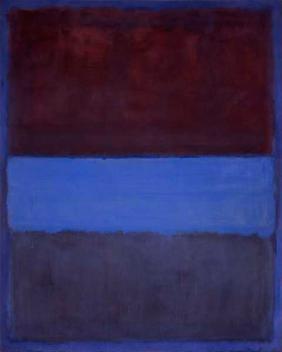
Timeless Visionaries: Iconic Artists Who Inspire Creativity Across Eras
Tugce TekinThroughout history, art has been a reflection of emotion, culture, and innovation. The works of these four artists—spanning centuries—continue to shape the art world, inspiring creativity and pushing boundaries.
Caravaggio (1571–1610)

A revolutionary of the Baroque period, Caravaggio brought raw realism and dramatic intensity to his works. Using chiaroscuro, he emphasized the contrast of light and shadow to heighten emotion in masterpieces like The Calling of Saint Matthew and Judith Beheading Holofernes. Caravaggio’s influence resonates in modern visual storytelling, particularly in film and photography.
Edvard Munch (1863–1944)

Known for his deeply psychological art, Edvard Munch explored themes of love, anxiety, and death. His iconic painting The Scream captures existential angst in a way that remains deeply relevant today. Munch's bold, expressionist style laid the groundwork for modern emotional and symbolic art.
Wassily Kandinsky (1866–1944)

Often referred to as the father of abstract art, Wassily Kandinsky was a pioneer in translating emotions and music into visual form. Works like Composition VIII showcase his unique ability to express rhythm, harmony, and feeling through abstraction. Kandinsky’s theories on the spiritual connection between art and the viewer still influence modern artists.
Mark Rothko (1903–1970)

A leading figure in Abstract Expressionism, Mark Rothko used color as a powerful emotional tool. His large-scale color field paintings, such as No. 61 (Rust and Blue), invite viewers into meditative, transcendent experiences. Rothko's minimalist approach continues to inspire contemporary art, particularly in the realm of abstraction and emotional resonance.
